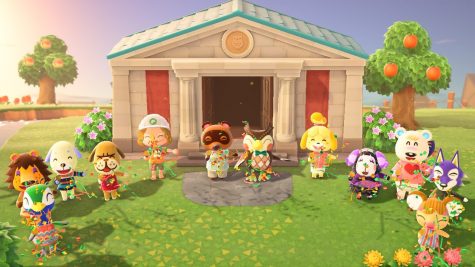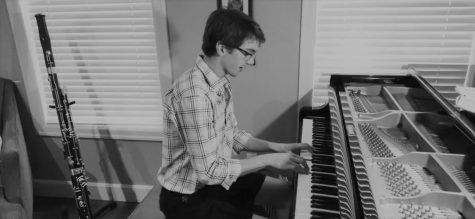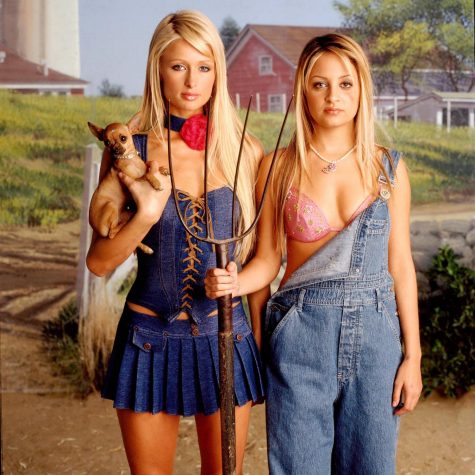Uncomfortable music is here to stay
January 9, 2020
Music is a thing that we can all fall back on. Not only is it an enjoyable experience, but it helps us relax and unwind after a long day. On the other hand, I’ve always been fascinated by how music can be “uncomfortable.” Uncomfortable meaning to feel on edge, to be nervous or anxious, and or to be in a negative mood. To more closely examine this concept, we’ll look into some basics of music theory.
We could have unusual time measurements like 4/4+⅞, the example being “The Ocean” by Led Zeppelin. Time signatures are how beats are contained in each measure. For example, if the time signature is 4/4 then you would have 4 notes per measure. The top number equals the number of notes per measure, with the bottom number representing which note to count.
We get into quite a lot of those odd time signatures when you look at classical and jazz music, such as in “Blue Rondo a la Turk” by Dave Brubeck Quartet, where the signature is played as 2+2+2+3 and 3+3+3 with the occasional switch to a more normal 4/4.
Another distinctive example is “Sonata No. 1” by Kaikhosru Shapurji Sorabji, which is in the time signature of 30/16.
We can go into depth about certain instruments are chosen for songs. The song “In a Gadda da Vida” by Iron Butterfly includes a droning guitar that is a strong contrast from the drumbeat that flows through the song, at some points sounding like a mythical beast. As well as instruments such as pedal steel guitars or harpsichords create very haunting sounds. Harpsichords especially create an almost vampiric, gothic sound, such as in Schnittke’s “Concerto Grosso no.1”. Pedal steel guitars make a very wavy, flowing sound that can seem strange to listen to. It’s used in many songs, from SpongeBob background music to numerous country songs.
Even video games use the harpsichord’s gothic sound to its advantage, “Wood Carving Partita” from Castlevania: Symphony of the Night uses this mystical sound like a reference to the victorian era the game is set in. On the polar opposite, the theme of Giygas from Earthbound is a terrifying soundscape. It uses distorted synths and other 16 bit soundbites to create a spine-tingling interpretation of the character. The piece of music is heard near the end of the game and creates both tension and a sense of dread for the player.
Finally, we look at the lyrical composition of songs. The main genres that get into distressing lyrics are metal (and a majority of other metal genres), emo and rap. With metal, it’s the combination of loud, screaming guitars, actual screaming and varying levels of violence in the lyrics that make it difficult to listen to for the first time. Emo focuses more so on rebellion, certain emotions and the idea of not belonging. It really makes the genre a downer, and that’s what the genre sets out to be. Lastly, most rap songs cover topics ranging from depression to sexual content, sometimes making the listener creeped out by the depth some artists go into.
The idea of uncomfortable music has been covered in many ways and can be displayed in many ways. This time of year, try to explore this uncomfortable music. You might find something you can enjoy despite the awkward connotation.







